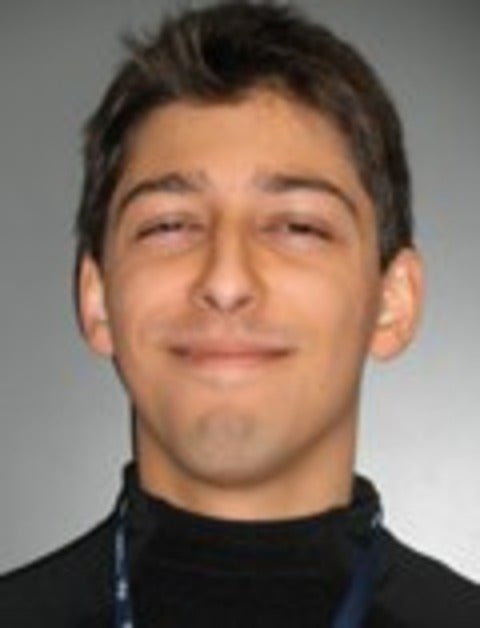Seminar: Wayne Cheng-Wei Huang
Multicolor quantum channels for nanowire-based photonic devices
Wayne Cheng-Wei Huang, University of Nebraska-Lincoln
Using a two-color laser field and tungsten nanotips, we showed that multicolor quantum channels led to a twofold increase in quantum efficiency. By gating quantum efficiency with pulse delay, optical control of electron photoemission was attained for fields with modest intensity. In this talk, I will discuss the observed effect and potential applications for nanowire-based photonics transistors and ultrafast spin-polarized electron sources.

 Yuval Sanders of the Department of Physics and Astronomy will be defending his thesis:
Yuval Sanders of the Department of Physics and Astronomy will be defending his thesis: